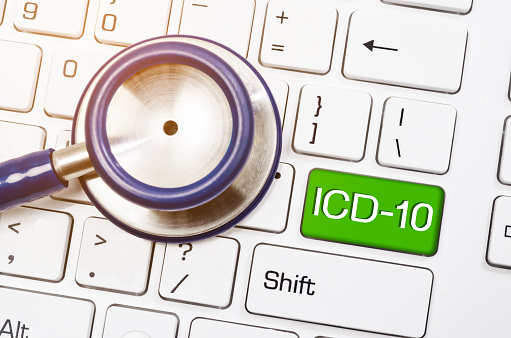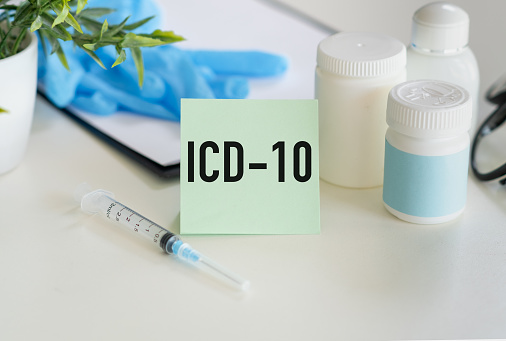Right foot ulcer ICD-10 is a medical condition that is frequently linked with diabetes, however, it may also be instigated by other factors such as poor circulation or injury. To avoid complications and promote healing, it is crucial to comprehend the causes, symptoms, and treatment options for this condition. In this article, we will discuss the multifaceted aspects of right foot ulcer ICD-10 and furnish helpful information to those who may be grappling with this condition.
What is Right Foot Ulcer ICD-10?
Right foot ulcer ICD-10 is a medical condition that is categorized under the International Classification of Diseases, 10th Revision (ICD-10). It is a chronic wound that materializes on the foot, mostly on the sole or heel. The condition emerges due to a combination of factors, encompassing poor circulation, nerve damage, and high blood sugar levels.
Causes of Right Foot Ulcer ICD-10
The most common cause of right foot ulcer ICD-10 is diabetes, however, other factors such as poor circulation, nerve damage, and injury can also add to the development of foot ulcers. In some instances, the exact cause of a foot ulcer may be arduous to determine.

Symptoms of Right Foot Ulcer ICD-10
The symptoms of right foot ulcer ICD-10 encompass an open sore on the foot that does not heal, redness and swelling around the sore, and a foul odor. In severe cases, the patient may experience fever, chills, and other signs of infection. If left untreated, foot ulcers can lead to serious complications such as gangrene and amputation.
Diagnosis of Right Foot Ulcer ICD-10
Diagnosis of right foot ulcer ICD-10 is typically done through a physical examination by a healthcare professional. The doctor will scrutinize for signs of infection and assess the severity of the ulcer. In some instances, the doctor may also order imaging tests such as an X-ray or MRI to determine the extent of the damage.
Treatment Options for Right Foot Ulcer ICD-10
The treatment for right foot ulcer ICD-10 depends on the severity of the condition. In mild cases, treatment may involve keeping the wound clean and covered with a sterile dressing. In more severe cases, surgery may be obligatory to excise dead tissue and promote healing. Other treatment options may encompass antibiotics to treat infections and medications to regulate blood sugar levels in diabetic patients.
Prevention of Right Foot Ulcer ICD-10
Prevention of right foot ulcer ICD-10 involves taking steps to manage the underlying causes of the condition. For diabetic patients, this may encompass monitoring blood sugar levels and following a healthy diet and exercise regimen. It is also important to practice good foot hygiene, wear comfortable shoes, and avoid injuring the feet.

Complications of Right Foot Ulcer ICD-10
If left untreated, right foot ulcer ICD-10 can lead to serious complications such as infection, gangrene, and amputation. In some cases, the infection can spread to other parts of the body, leading to sepsis and other life-threatening conditions.
Living with Right Foot Ulcer ICD-10
Living with right foot ulcer ICD-10 can be challenging, but it is important to adhere to the treatment plan prescribed by your healthcare provider. This may include periodic visits to the doctor, monitoring blood sugar levels, and taking medications as directed. It is also important to practice good foot hygiene and avoid activities that may put extra stress on the feet.
Conclusion
The pathophysiological manifestation known as right foot ulcer ICD-10 represents a formidable medical predicament which, if not given due attention, can give rise to a gamut of complications. Therefore, a comprehensive understanding of the etiological factors, clinical presentation, and therapeutic modalities associated with this disorder is of paramount importance to foster recuperation and avert further sequelae. In the event that one suspects the presence of a foot ulcer, it behooves them to immediately seek prompt medical attention to obtain an accurate diagnosis and appropriate medical intervention. With diligent care and astute management, it is plausible to attain a state of vigorous health and maintain an active lifestyle notwithstanding the challenges posed by the diagnosis of right foot ulcer ICD-10. Adherence to the directives of the healthcare provider and assiduous maintenance of foot hygiene are indispensable measures for forestalling future complications.
